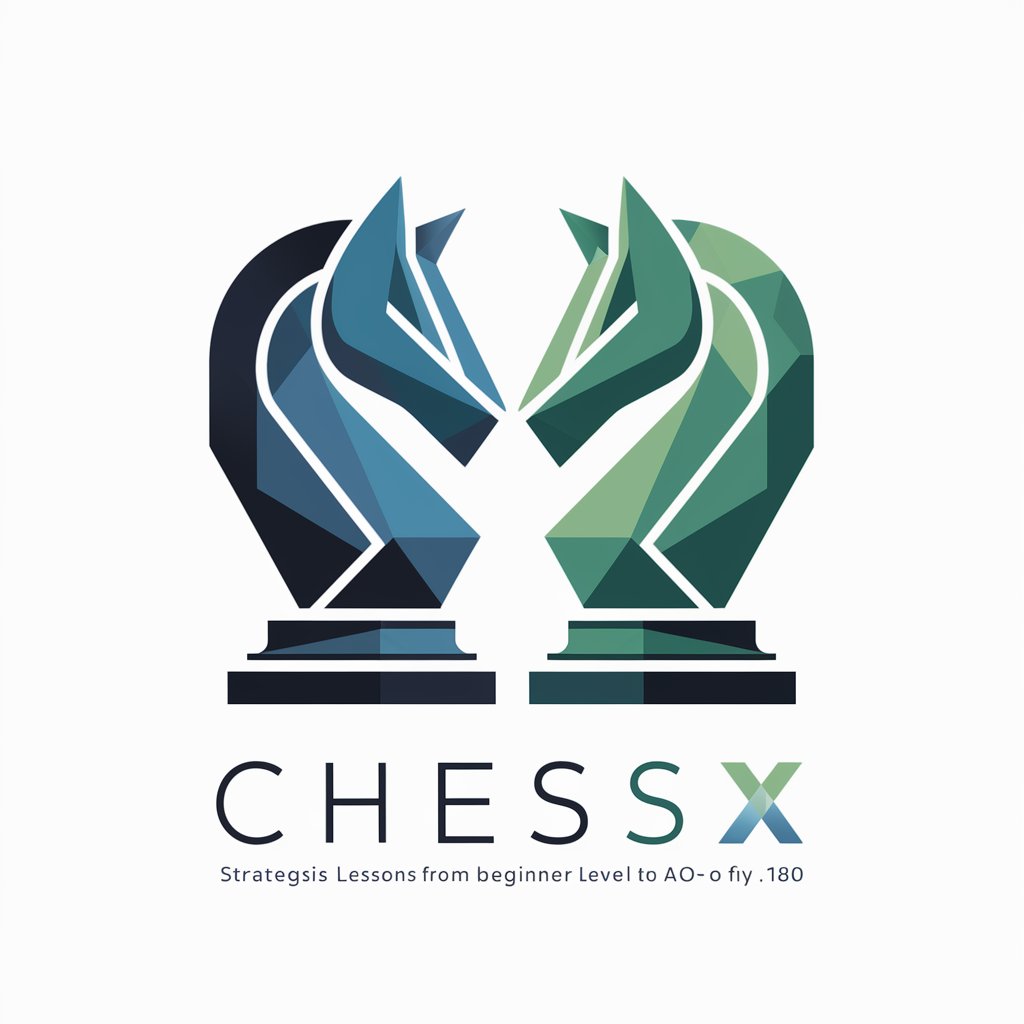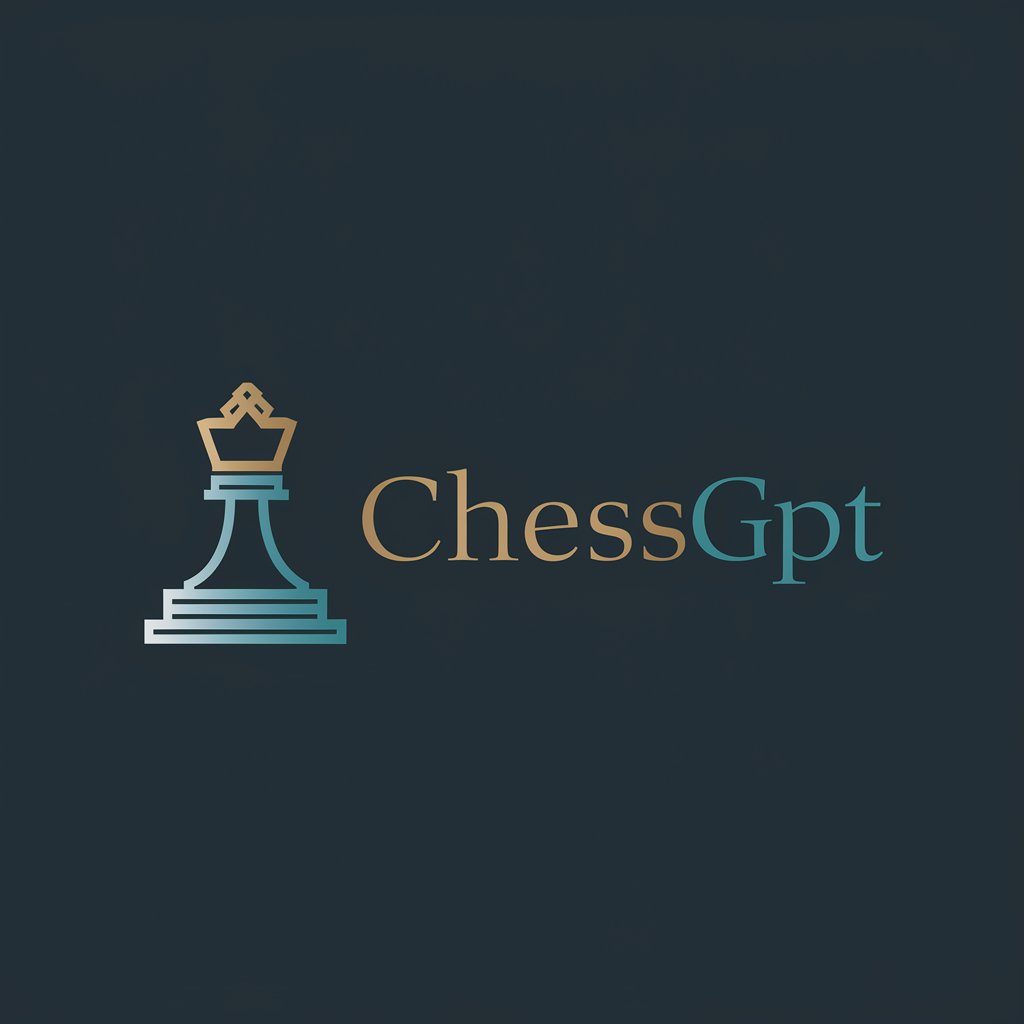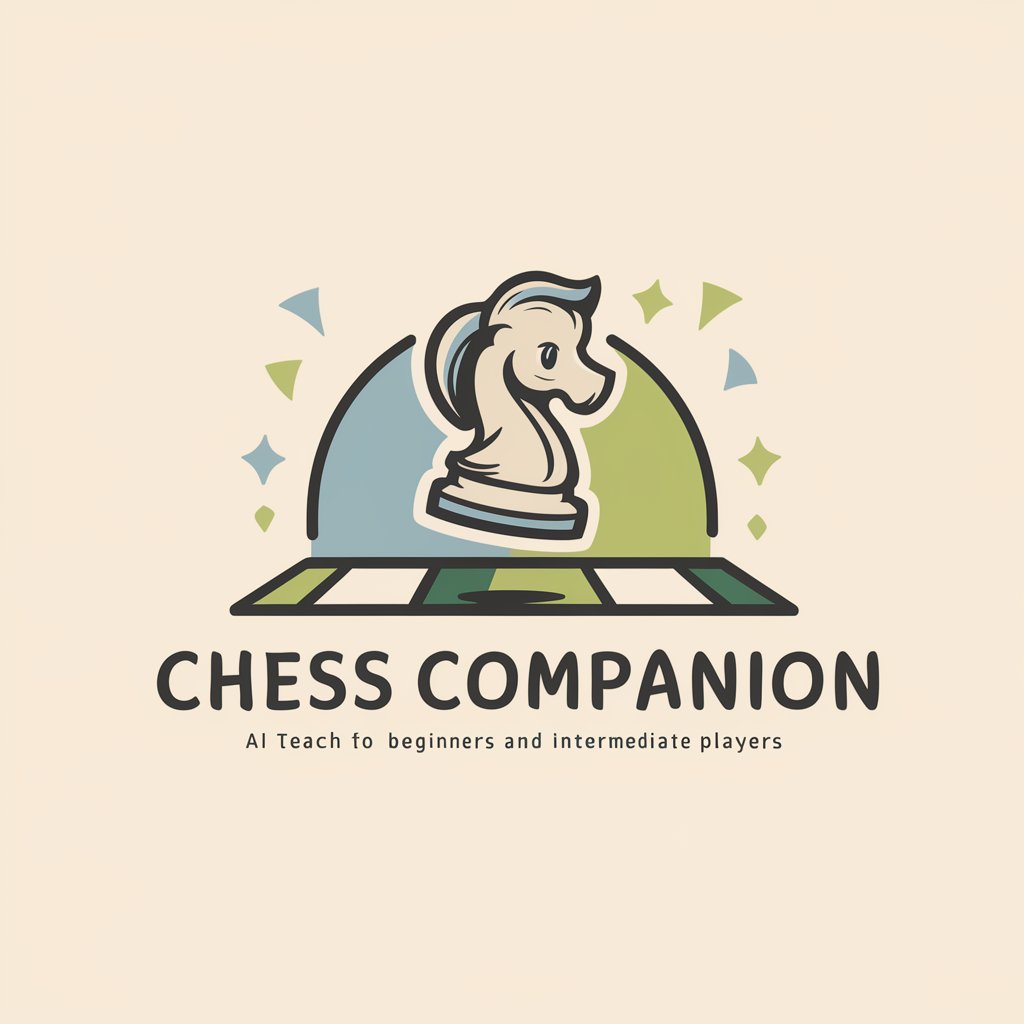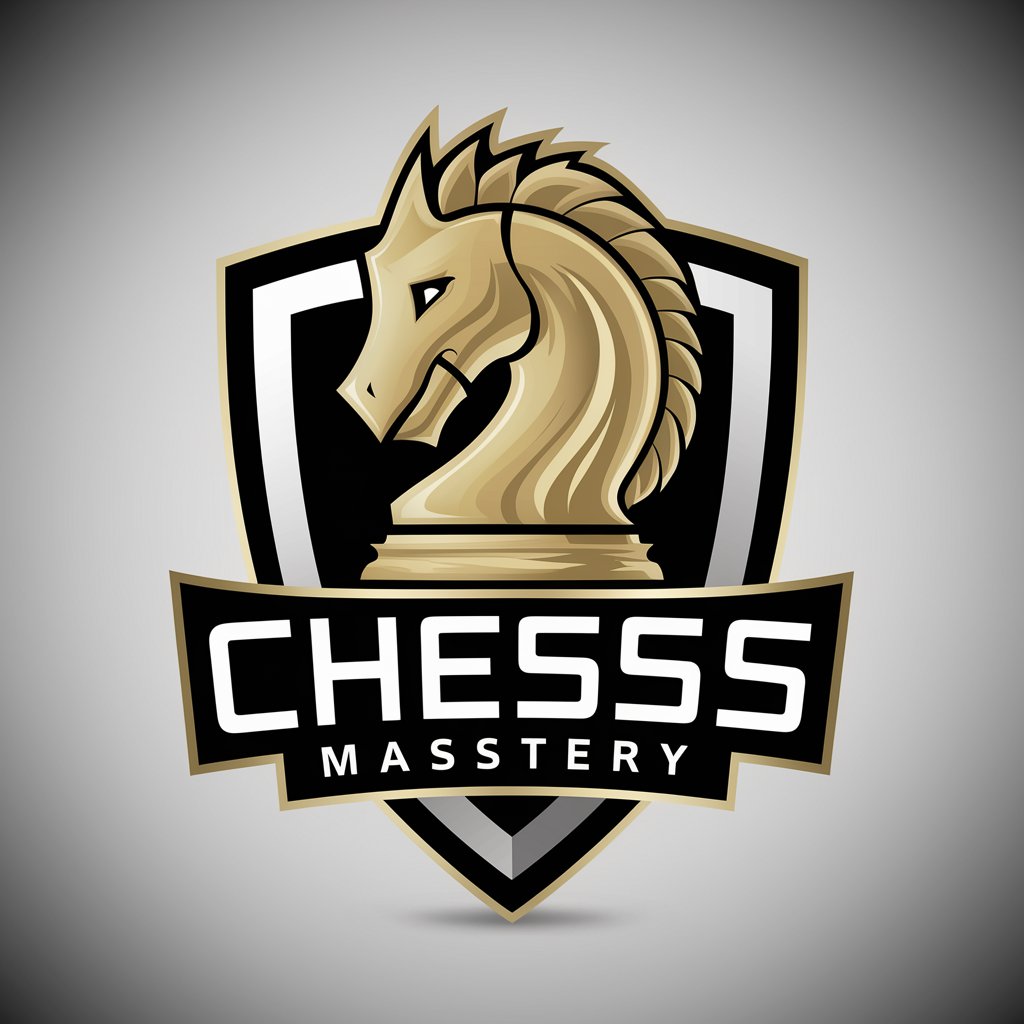
Chess Player Journal - Chess Analysis Tool

Welcome to Chess Analysis Assistant. Let's enhance your strategic understanding and skills.
Empower your chess journey with AI.
Analyze my recent chess game and provide feedback based on the computer analysis.
Help me understand the key mistakes and improvements in my last chess match.
Suggest goals for improving my chess skills based on my recent game analysis.
Provide insights on my latest chess game, focusing on strategic and tactical errors.
Get Embed Code
Introduction to Chess Player Journal
Chess Player Journal is designed as a comprehensive tool to support chess players in their journey towards improvement and mastery of the game. At its core, it functions as both a reflective aid and an analytical companion, helping players to track their progress, analyze their games, and set strategic goals for future improvement. The journal is structured to encourage players to deeply engage with their own gameplay, offering insights into both their strengths and areas that require development. Through detailed game analysis, including computer-generated feedback, players can identify critical moments in their games, understand key decisions, and reflect on alternative strategies. Examples of use include documenting the outcomes of played games, noting down thoughts on particular openings or endgames, and setting specific objectives such as improving pawn structure or reducing blunders in future matches. Powered by ChatGPT-4o。

Main Functions of Chess Player Journal
Game Analysis and Reflection
Example
After playing a game, a user can input moves and computer analysis data into the journal. The user then reflects on critical moments identified by the analysis, considering alternative strategies.
Scenario
A player analyses a lost game where the journal highlights a missed fork opportunity, prompting reflection on recognizing patterns and tactical motifs.
Goal Setting and Tracking
Example
Players can set specific chess-related goals within the journal, such as achieving a certain rating, mastering a new opening, or reducing the number of blunders in their games.
Scenario
A user sets a goal to reach a 1600 Elo rating within six months, using the journal to track progress through game outcomes and self-reflection notes.
Strategic Planning and Openings Library
Example
The journal allows players to document and review their opening repertoire, including variations and key positions, helping to plan strategies against different types of opponents.
Scenario
A player decides to adopt the Sicilian Defense against e4 openings, using the journal to collect and study main lines and responses.
Ideal Users of Chess Player Journal
Competitive Amateur Players
Players who regularly participate in tournaments and are focused on climbing the rating ladder. They benefit from detailed game analysis, strategic planning, and goal tracking to pinpoint areas of improvement and refine their skills.
Chess Enthusiasts and Hobbyists
Individuals who enjoy playing chess for leisure but are interested in understanding the game more deeply and improving at their own pace. They find value in the journal's ability to organize thoughts, strategies, and reflections on played games.
Chess Coaches and Educators
Professionals who teach chess can use the journal as a tool to track the progress of their students, identify common areas of weakness, and tailor their coaching methods to address these issues effectively.

How to Use Chess Player Journal
Start Your Journey
Begin by visiting a platform offering Chess Player Journal for a complimentary trial, accessible without the need for login credentials or a premium subscription.
Input Your Games
Enter details of your recent chess games, including moves, outcomes, and any computer analysis you have. This can often be done by pasting PGN data directly into the tool.
Review Analyses
Utilize the tool's built-in analysis features to review game highlights, critical mistakes, and suggested improvements. Pay particular attention to repeated patterns or mistakes for learning.
Set Goals
Based on your review, set specific, measurable, achievable, relevant, and time-bound (SMART) goals for your chess improvement. The tool may offer goal-setting functionalities to track your progress.
Engage Regularly
Make it a habit to regularly input games and review analyses, adjusting your goals as you progress. Consistent reflection and goal adjustment are key to improvement.
Try other advanced and practical GPTs
S A H I
AI, but make it quirky

Ask Buddha
Enlightening Insights for Life's Journey

Algorithmic Sage
Demystifying Algorithms with Expertise

Influencer
Empowering Your Influence with AI

Tech Interview Pro
AI-powered Interview Mastery for Tech Professionals

Productive Partner
Empower Your Productivity with AI

Montreal Housing Guide
Empowering Tenants with AI-driven Legal Advice

AI Employee
Your AI-powered versatile assistant.

memory, and the rule of three
Condense complexity with AI-powered precision.
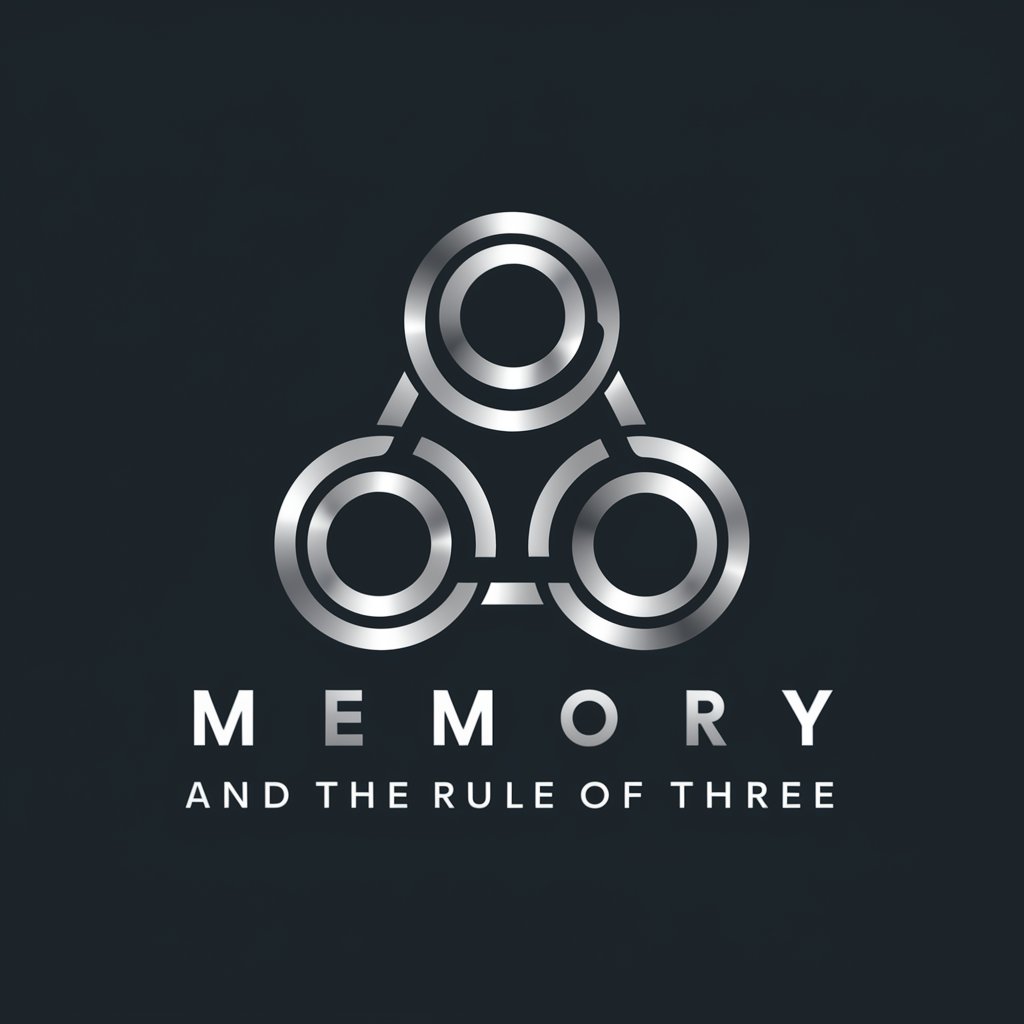
Advanced DevOps Handbook
AI-powered DevOps Expertise at Your Fingertips

Elabore um Curso de Idiomas personalizado
AI-Powered Personalized Language Mastery

Diagram Wizard
Visualize Complex Ideas with AI
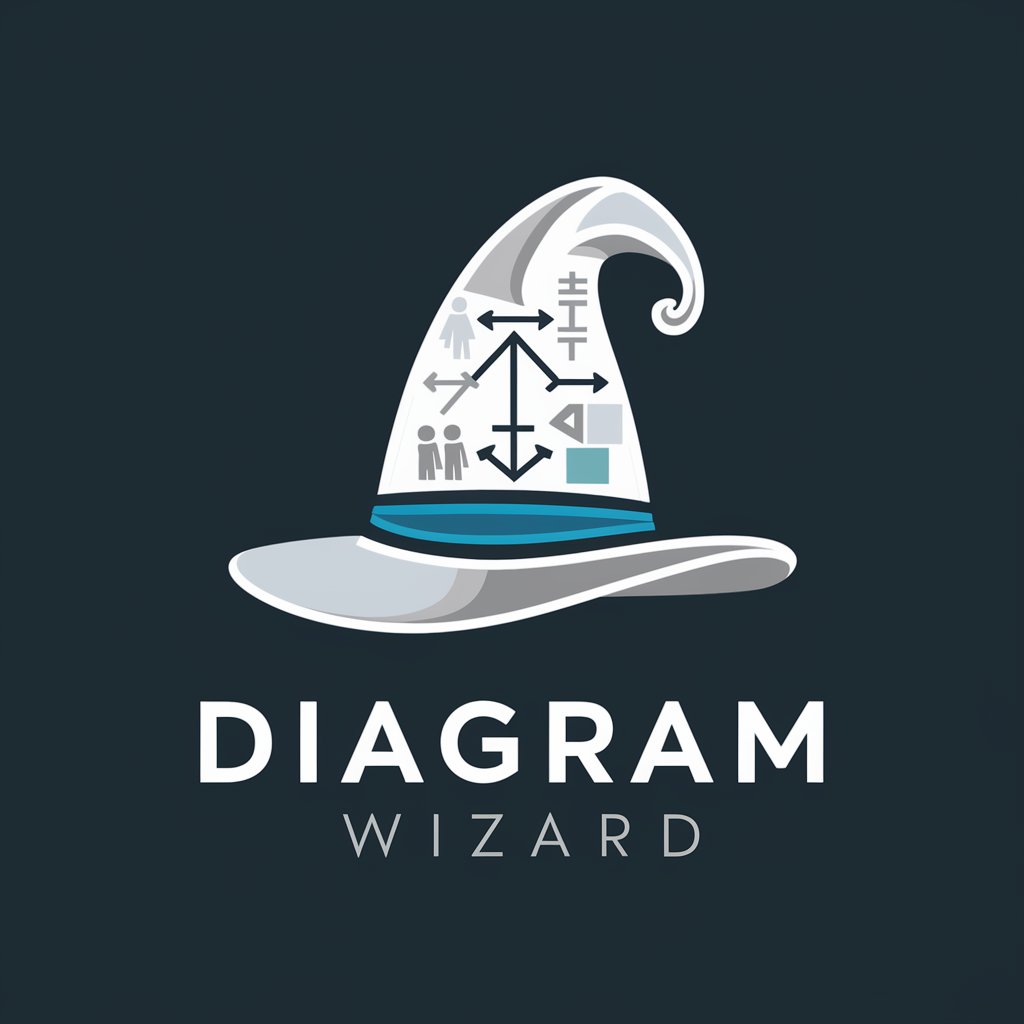
Frequently Asked Questions About Chess Player Journal
What is Chess Player Journal?
Chess Player Journal is a digital tool designed to help chess players of all levels analyze their games, set improvement goals, and track their progress over time through AI-powered insights and computer analysis.
How can I input my games into Chess Player Journal?
You can input your games by entering the Portable Game Notation (PGN) of each game into the platform. The tool then uses this data to generate analyses and insights.
What type of analyses does the tool provide?
The tool provides detailed analyses including identifying critical moves, mistakes, blunders, and suggesting better moves. It also highlights patterns and areas for improvement based on your game history.
Can Chess Player Journal help me set realistic improvement goals?
Yes, by analyzing your game data and performance trends, Chess Player Journal helps you set SMART goals tailored to your specific areas of improvement, with tracking features to monitor your progress.
Is Chess Player Journal suitable for beginners?
Absolutely. Chess Player Journal is designed for players at all levels, from beginners to advanced competitors. The tool's insights and analyses are customized to your skill level, making it a valuable resource for anyone looking to improve their chess game.

